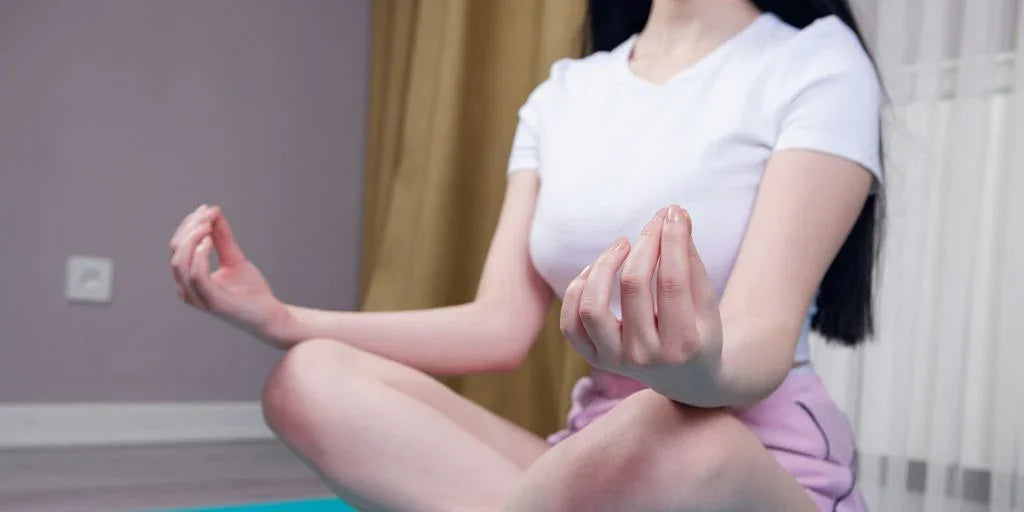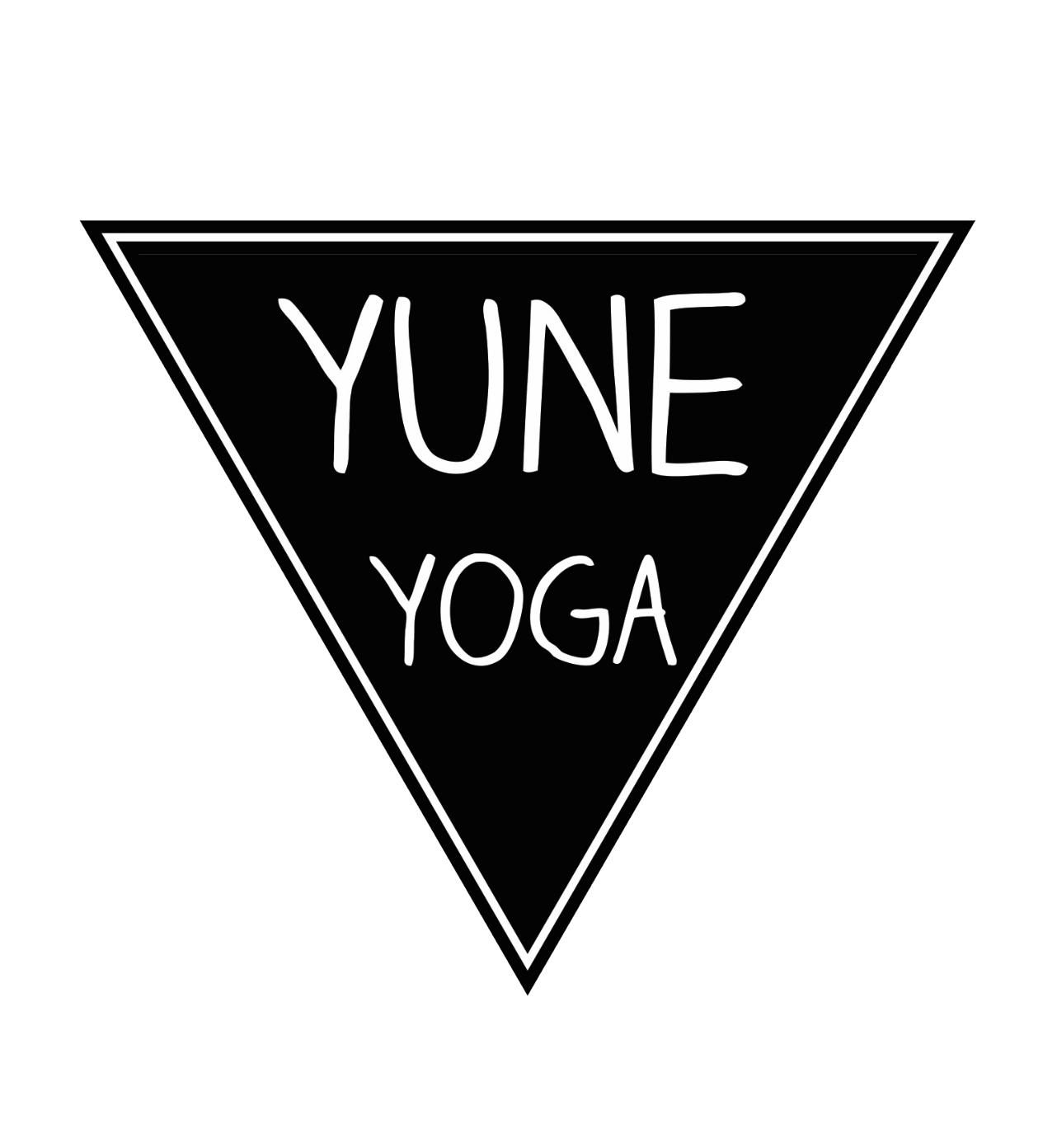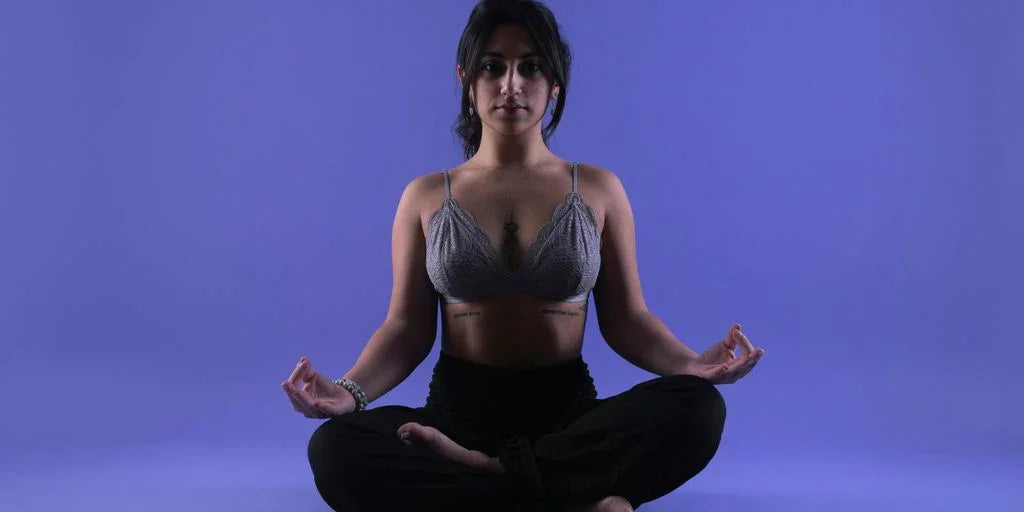
Unveiling the Synergy: Exploring the Depths of Tantra and Yoga
This article is all about tantra and yoga. We're going to look at how these old practices work together. It's not just about bending your body into shapes, but also about how you think and feel. We'll check out how they can help you learn more about yourself and maybe even make your life better. Get ready to explore some cool ideas about mind, body, and spirit.
Key Takeaways
- Tantra and yoga are old practices that go way back, helping people find their way through spiritual journeys.
- These practices are more than just physical moves; they involve deep ideas about how everything connects, including your breath and feelings.
- It's good to be careful with things like spiritual ego and guru culture when you're on this path, so you don't get sidetracked.
- Doing sadhana, which is like spiritual practice, can really change you, helping you understand big concepts like emptiness and finding your own way.
- Adding THCa to your tantra and yoga practice might make things better, like helping you focus or deal with pain, but always start small and see how it goes.
Unveiling the Depths of Hindu Tantra and Yoga
Exploring Ancient Lineages and Divine Practice
What does it truly mean to walk a spiritual path that spans lifetimes, connecting you to ancient lineages and the heart of divine practice? It's a question many seekers ponder. This journey often involves exploring various spiritual traditions, each offering unique insights and practices. Understanding the historical context and the evolution of these traditions is key to appreciating their depth and relevance today.
- Tracing the roots of Tantra and Yoga through ancient texts and oral traditions.
- Examining the role of gurus and spiritual guides in transmitting knowledge.
- Understanding the significance of ritual and symbolism in divine practice.
The journey into Tantra and Yoga is not just about physical postures or philosophical concepts; it's about a deep exploration of self and the universe, guided by ancient wisdom and personal experience.
Integrating Yogic and Tantric Wisdom
Yoga and Tantra, while distinct, share a rich and intertwined history. Yoga often focuses on discipline and control of the mind and body, while Tantra embraces a more holistic approach, integrating all aspects of life into the spiritual path. Finding the sweet spot where these two meet can be really powerful. It's about finding what works for you, and not being afraid to experiment a little. You can learn about Tantras and their knowledge.
- Combining asanas (physical postures) with tantric visualizations and mantras.
- Using yogic breathing techniques (pranayama) to enhance tantric practices.
- Integrating mindfulness and meditation into daily life to cultivate inner peace and awareness.
Navigating Spiritual Growth and Challenges
The path of spiritual growth is rarely linear. It's full of twists, turns, and unexpected challenges. It's important to be prepared for these hurdles and to develop strategies for overcoming them. Spiritual growth requires honesty, self-awareness, and a willingness to confront your own limitations. It's not always easy, but it's always worth it.
- Recognizing and overcoming common obstacles on the spiritual path, such as ego, attachment, and fear.
- Developing healthy coping mechanisms for dealing with stress and emotional challenges.
- Cultivating self-compassion and acceptance as essential tools for spiritual growth.
Beyond Asana: The Philosophy of Tantra and Yoga

Subtle Intersections of Yoga, Buddhism, and Embodiment
Okay, so everyone thinks yoga is just about poses, right? But it's way deeper than that. It's interesting how yoga, Buddhism, and embodiment practices kind of overlap. They all point to the same thing: being present in your body and mind. It's not just about stretching; it's about connecting. I remember when I first started, I was all about the physical stuff, but then I realized there's this whole other layer of awareness that comes with it. It's like finding a secret door in your own mind. Sat Inder Khalsa can help you understand these connections.
Cultivating Joy Through Breath and Presence
Joy isn't some far-off thing you achieve after years of meditation. It's actually right here, right now, in your breath. Seriously. When you focus on your breath, you automatically become more present. And when you're present, it's way easier to find joy in the little things. I started doing this thing where I just take a few deep breaths before I start my day, and it makes a huge difference. Try it! You might be surprised.
- Focus on your inhales and exhales.
- Notice the sensations in your body.
- Let go of any thoughts that come up.
It's about training yourself to be present, even when things are chaotic. It's not about escaping reality, but about being fully engaged with it.
Understanding Spiritual Maturity and Direct Experience
Spiritual maturity isn't about how many books you've read or how long you've been practicing. It's about how you handle life. It's about being able to see things as they are, without getting caught up in your own ego. Direct experience is key. You can read about enlightenment all day long, but until you actually experience it for yourself, it's just words. It's like trying to describe the color blue to someone who's blind. You can talk about it, but they won't really get it until they see it. It's about yoga asana and so much more.
Here's a simple way to think about it:
| Stage | Description |
|---|---|
| Beginner | Focused on techniques and external validation. |
| Intermediate | Starting to understand the deeper meaning and connect with inner experiences. |
| Advanced | Living the philosophy in everyday life, with compassion and awareness. |
Modern Challenges and Traditional Wisdom in Tantra and Yoga
Addressing the Pitfalls of Spiritual Ego
It's easy to get caught up in thinking you're more enlightened than others, especially when you start feeling the benefits of practices like yoga and Tantra. This spiritual ego can actually hinder your progress. It's like thinking you're already at the top of the mountain when you've only just started climbing. Staying humble and recognizing that there's always more to learn is key.
Navigating Guru Culture and Westernization
The guru-disciple relationship is a big part of these traditions, but it can get complicated, especially when Westerners get involved. It's important to find a teacher who is authentic and has your best interests at heart, not someone who is just looking for followers or money. The Westernization of yoga can sometimes strip away the deeper spiritual aspects, turning it into just another fitness trend. It's important to honor ancient traditions while also adapting them to the modern world.
The Fine Line Between Devotion and Delusion
Devotion is a powerful force, but it can also blind you. It's important to maintain a healthy dose of skepticism and critical thinking, even when you deeply respect your teacher or tradition. You don't want to fall into the trap of blindly following someone or something without questioning it. It's a balancing act between surrendering to the practice and maintaining your own sense of self.
It's easy to get lost in the complexities of these ancient practices. Remember to stay grounded, question everything, and trust your own intuition. The path to enlightenment is a personal one, and it's important to find your own way, even within the framework of tradition.
The Transformative Effects of Sadhana in Tantra and Yoga
Exploring Emptiness and Pranayama
Okay, so let's talk about sadhana. It's not just about showing up to class; it's a whole lifestyle thing. When you really commit, you start to see some serious changes. One big part is exploring emptiness, or shunyata. It's about understanding that things aren't as solid as we think. Then there's pranayama, which is all about breath control. It's wild how much your breath can affect your mind and body.
Paths of the Renunciate and Layperson
There are different ways to approach this whole spiritual journey. You've got the renunciates, who give up everything to focus on enlightenment. Then you've got the laypeople, who try to balance spiritual practice with everyday life. Neither way is better than the other; it just depends on what works for you. The key is finding a path that resonates with your soul.
Awakening in the Modern World
Trying to find enlightenment in today's world? It's a trip. We're bombarded with distractions, and it's easy to get caught up in the chaos. But that's where sadhana comes in. It helps you stay grounded and focused on what really matters. It's about finding moments of peace amidst the craziness. Speaking of peace, Sankalpa Shakti can be a powerful tool for cultivating inner resolve.
It's all about finding what works for you. There's no one-size-fits-all approach to spirituality. Experiment, explore, and be open to new experiences.
Here's a simple breakdown of how sadhana can impact your life:
- Increased self-awareness
- Improved mental clarity
- Greater sense of peace
- Stronger connection to something bigger than yourself
Enhancing Tantra and Yoga Practice with THCa

It's interesting how ancient practices can sometimes find a modern partner. Lately, I've been looking into how THCa might play a role in enhancing Tantra and Yoga. It's not about getting high; it's more about exploring subtle shifts in awareness and physical comfort.
Amplifying Intrinsic Benefits with THCa
THCa, found in raw cannabis, doesn't have the same psychoactive effects as THC, but it does have some interesting properties that could complement the goals of Tantra and Yoga. Think of it as a potential tool to deepen the experience, not alter it completely. It's all about finding that sweet spot where the practice feels more accessible and profound.
Improved Focus and Sensory Awareness
Ever notice how hard it can be to stay present during meditation or a long asana? Some people are exploring THCa for its potential to sharpen focus and heighten sensory awareness. It's not a magic bullet, but it might help you get more in tune with your body and breath. Imagine being more aware of the subtle shifts in your energy flow during practice. That's the idea. The goal is to enhance sensory awareness.
Natural Pain Management for Asanas
Let's be real, some yoga poses can be tough on the body. If you're dealing with aches and pains, it can be hard to fully relax and focus. THCa has shown some promise as a natural pain reliever. It's not about masking the pain, but about reducing inflammation and discomfort so you can move more freely and comfortably. Here's a quick look at how it might compare to other options:
| Pain Management Method | Potential Benefits | Potential Drawbacks |
|---|---|---|
| THCa | Natural, anti-inflammatory | Limited research, individual responses vary |
| Over-the-counter meds | Readily available, effective for mild pain | Potential side effects, not always effective for chronic pain |
| Prescription pain meds | Stronger pain relief | Risk of addiction, significant side effects |
It's important to remember that everyone's body is different, and what works for one person might not work for another. If you're considering using THCa for pain management, it's always a good idea to talk to your doctor first. They can help you determine if it's a safe and appropriate option for you.
Here are some things to consider:
- Start with a low dose and see how your body responds.
- Choose high-quality, lab-tested products to ensure purity and potency.
- Be mindful of the potential interactions with other medications you're taking.
Practical Application of THCa in Tantra and Yoga
Microdosing for Optimal Effects
Okay, so you're thinking about adding THCa to your Tantra and Yoga practice? Cool. Microdosing is where it's at. Start small, seriously. Like, really small. You want to see how your body reacts. Everyone's different, and what works for your buddy might not work for you. I started with a tiny amount, and it was way better than going in guns blazing. You can always add more, but you can't take it away, right?
Raw Consumption for Holistic Wellness
Ever thought about just eating your cannabis raw? I know, sounds kinda weird, but hear me out. You can toss some raw cannabis leaves into your smoothie or juice before your yoga session. It's supposed to be great for overall wellness. I tried it once, and it wasn't as bad as I thought. It's a bit grassy, but if you mix it with enough fruit, you won't even notice. Plus, you're getting all those good THCa benefits without any of the psychoactive stuff. I'm not a doctor, but it's worth a shot, right?
Topical Applications for Targeted Relief
Okay, this one's a game-changer. If you're like me, you get sore after a good yoga session. THCa-infused balms are amazing for that. Just rub some on your joints and muscles before you start, and it can really help with the pain. I use it on my knees and lower back, and it makes a huge difference. Plus, it's all-natural, so you don't have to worry about any weird chemicals. Seriously, give it a try. You won't regret it.
I've found that using THCa topicals before my practice really helps me get deeper into the poses without being distracted by discomfort. It's like a little boost that lets me focus on my breath and my body.
Here's a quick look at how I incorporate THCa into my routine:
- Morning: THCa-infused balm on sore muscles.
- Pre-Yoga: Small amount of raw cannabis in my smoothie.
- Throughout the Day: Monitor effects and adjust dosage as needed.
The Synergy of Tantra and Yoga for Self-Discovery
Tantra and Yoga, when practiced together, can really boost your journey of self-discovery. It's like combining two powerful tools to get a better understanding of yourself and the world around you. It's not always easy, but the potential rewards are huge.
Honoring Ancient Traditions and Modern Advancements
It's cool to respect the old ways, but we also need to be open to new ideas. Finding a balance between ancient practices and what science is showing us today is key. It's about taking the best of both worlds to create something that works for you. For example, we can look at how spiritual benefits are enhanced by modern wellness techniques.
Creating a Balanced Pathway to Enlightenment
Enlightenment isn't just some far-off goal; it's about finding peace and understanding in your everyday life. This involves:
- Balancing your physical and mental health.
- Connecting with your inner self.
- Living in harmony with others.
It's a journey, not a destination. There will be ups and downs, but the important thing is to keep moving forward.
Mindfulness and Observance in Your Journey
Pay attention to what's happening around you and inside you. It's about being present in the moment and noticing your thoughts, feelings, and sensations. This can help you:
- Understand your patterns and habits.
- Make better choices.
- Live a more fulfilling life.
Mindfulness isn't always easy, but it's a skill that can be developed over time. Just start by taking a few moments each day to focus on your breath or your surroundings. You might be surprised at how much it can help.
Wrapping It Up: Tantra and Yoga Together
So, we've talked a lot about Tantra and Yoga. It's pretty clear they go hand-in-hand, right? Think of it like this: Yoga gets your body and mind ready, and Tantra helps you use that readiness to really connect with everything around you. It's not just about doing poses or chanting. It's about living life with more feeling and being more aware. When you put these two practices together, it can make a big difference in how you see the world and how you feel inside. It's a journey, and it can be a really good one.
Frequently Asked Questions
What is Tantra Yoga?
Tantra Yoga is an old Indian practice that brings together body movements, breathing exercises, deep thinking, and energy work for overall health and spiritual growth.
How can THCa make my Tantra Yoga practice better?
THCa can make your Tantra Yoga practice better by helping you pay more attention and become more aware of your senses.
What is THCa?
THCa is a natural substance found in raw cannabis plants. It doesn't make you feel high, but it has many good effects for your health.
Does THCa make you feel high?
No, THCa does not make you feel high or intoxicated.
How does THCa help with focus during yoga?
THCa can help you focus better during yoga because it has properties that protect your brain and keep your mind clear.
How should I start using THCa in my routine?
You should start by using very small amounts of THCa to see how your body reacts.


